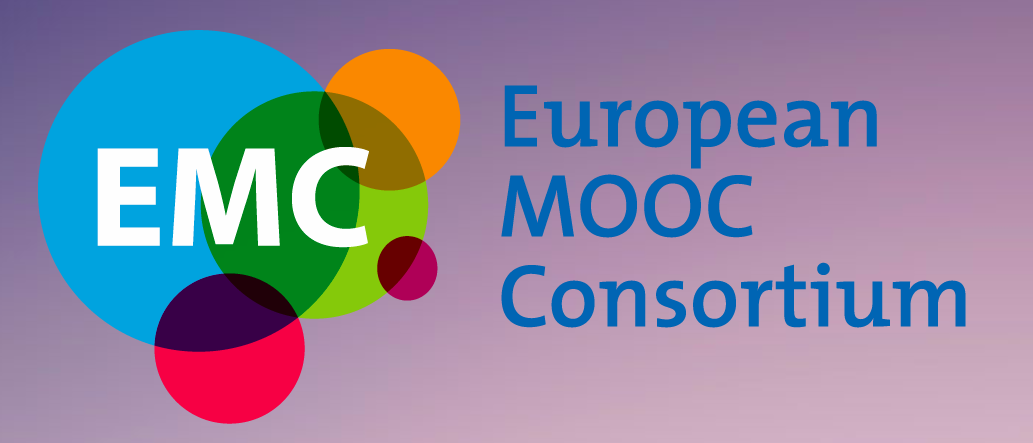The “OOFAT” project is currently looking at different models of open, online, flexible and technology-enhanced learning (OOFAT) in higher education. It’s conducted on behalf of the International Council for Open and Distance Education (ICDE), and a key element is the desire to cover and model a wide range of activity. Too often research projects are too focused on the search for new, innovative practices. The emphasis on very tech- oriented models also tends to favour the ‘silicon valley’ approach to education. This tends to over-represent some small scale examples, which often don’t develop into sustainable models once the hype has died down. These models are not always applicable to providers elsewhere, given their particular situation and the audience they serve. The result is that many institutions fail to see themselves in some of the more breathless accounts of technology use in education.
So, in this project we wanted to explicitly capture a range of practices covering a global perspective. In order to do so, we spent quite a lot of time at the start of the project developing a conceptual model that could cover the range of interests and practices in the OOFAT area. We made an early decision to focus on models that had demonstrated their viability and sustainability already. We focused on three aspects of offering:
- Content – including content production, personalisation, range of topics
- Delivery – covering aspects such as place, pace and timing of delivery of the content, and the support offered.
- Recognition – consists of both assessment and credentialization, which are formal processes leading to recognition of learning achievements.
Then for each of these three elements we are concerned with two aspects of each: openness and flexibility. For instance very flexible delivery will enable study at any time, any place, as we see in a traditional distance university. This can be distinct from openness in delivery, however, as a very open model allows anyone (whether formally enrolled or not) to access this flexible delivery of content.
Additionally, we also want to investigate the business model that an institution or project is using. We’re producing a set of case studies from this, and have started developing some visual representations. For example the following figures show how these different aspects of flexibility and openness could be configured for one provider:
We’re running a survey gathering this data. Initial findings have shown a wide range of practice, and what is interesting is that different institutions see different approaches as key. For example, some focus on a very flexible assessment process, while others are concentrating on opening up the content production process. This differentiation will hopefully both allow any interested party to locate themselves within the framework, but also find examples of practice in areas they wish to develop themselves.
You can find the survey at https://www.surveymonkey.co.uk/r/OOFAT2. Please share this link with anyone in a position to contribute data.
We already have 42 responses from across the world – see Figure below, but we encourage more higher education institutions to stake their claim and provide case study material for us. Our aim is to be globally and thematically comprehensive and we need your help. In particular, we are keen to encourage people in the Global South to participate.
We’d love to hear from you if you represent an institution, department or project that offers some form of open, flexible, technology enhanced learning. We’ll be presenting the findings at the ICDE conference in Toronto in October.








I have read the objectives of your survey and i think it is very interesting and also useful to know how different institutions handle the issue of online open education. I represent the global south. I have been involved with Open, Distance and eLearning at the University of Nairobi, Kenya for over 20 years and the area of openness is a big debate. I would like to participate in your survey and also look at what other participants from the other countries.